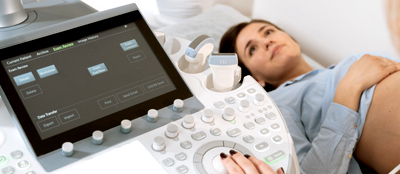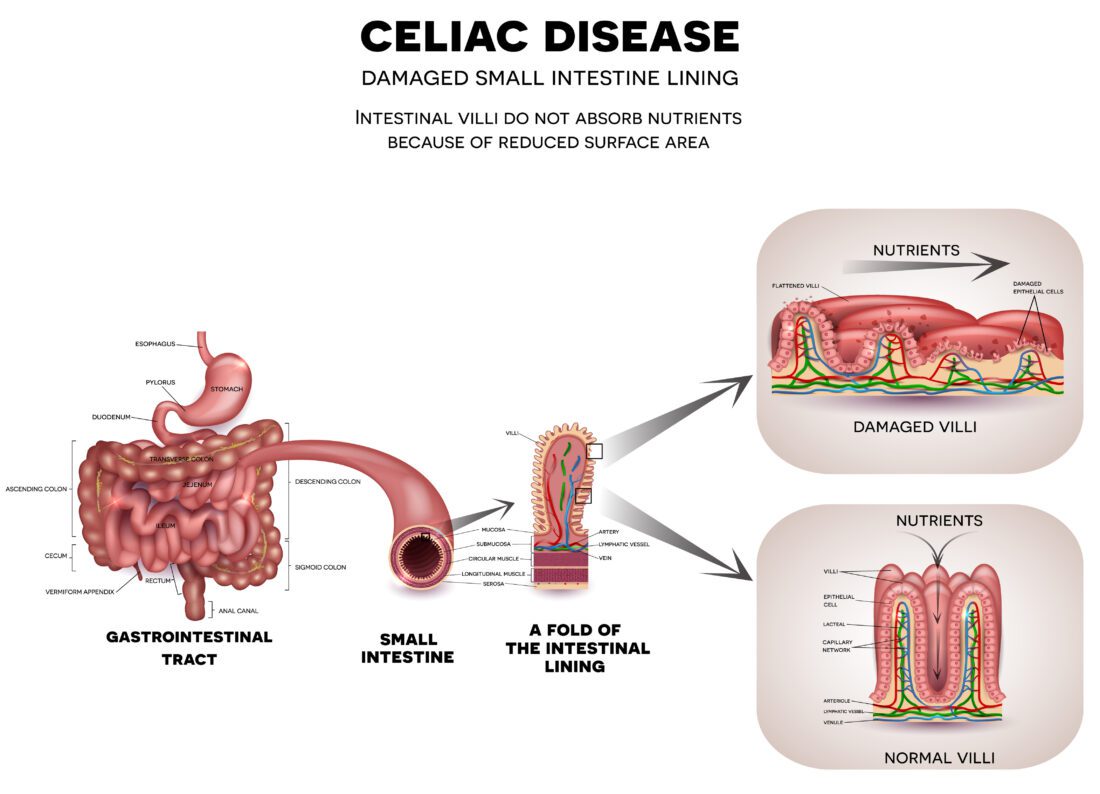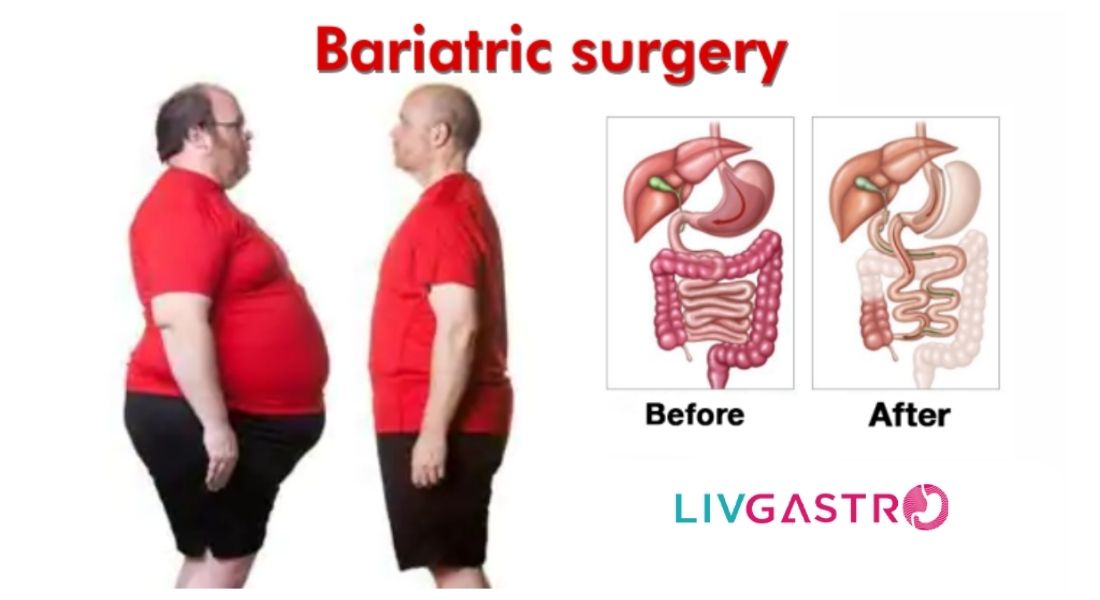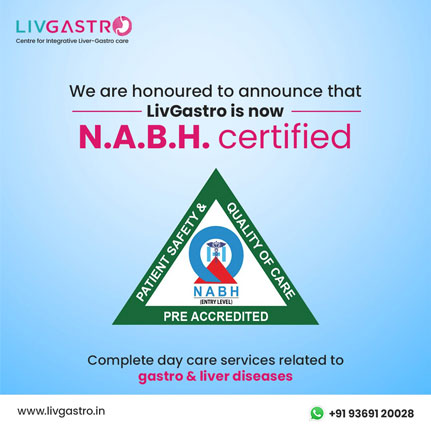

EUS (Endoscopic Ultrasound) EUS, also known as Echo-Endoscopy in which endoscopy is pooled with ultrasound to create images of internal organs. It entails insertion of an ultra thin tube into the mouth, down through the esophagus into the stomach and the initial part of the small intestine. The tip of thetube features a minute ultrasound probe which emits sound waves that bounces off against the surrounding organs which include the stomach, small intestine, bile ducts, pancreas and the liver. These sound waves in turn are echoed back and eventually converted into black and white images for interpretation by the attending physician. As the pancreas is located near the stomach and small intestine, the process permits the medic to observe detailed images of the pancreas. It is usually performed as an outpatient medical examination that takes around 30 to 45 minutes.
Since EUS or Endoscopic Ultrasound helps achieving detailed imaging as well as analysis of the pancreas, it is much favored test for evaluating host of disease conditions relating to the pancreas. However, some of the more acute disease conditions for which EUS proves essential are listed below.
One of the key reasons for which patients are referred for EUS of the pancreas revolves round evaluating abnormal findings through CAT scan, MRI or USG of the abdomen. It is also needed for investigating into abnormal blood tests that include elevated liver function tests (AST, ALT,Bilirubin) or elevated pancreatic enzymes (amylase, lipase). Patients complaining of severe abdominal pain are often referred for EUS. Nevertheless, referrals for EUS cover the following:
Pancreatic biopsies can be obtained at the time of the examination, while those referred to as FNA (Fine-Needle Aspiration) can allow for the attending physician to collect tissue samples that may be analyzed under a powerful microscope later. Special needles designed to used with the EUS scope also permits the attending physician to insert a small needle into the pancreas through the wall of the intestine. Since it is performed at the time of the EUS, the physician becomes able to direct the need accurately, while watching the performance.
FNA is usually performed for evaluating masses or tumors of the pancreas, in order to determine if cancerous cells are present. Yet another common reason for performing an FNA is in the evaluation of pancreatic cysts. In these cases, the needle is used to sample the fluid which is contained in the cyst. This fluid can be sent for biochemical, cytologic, and molecular analysis in order to help characterize the type of pancreatic cyst the patient has.
Since general anesthesia is often used during EUS, there could be a risk of cardiac or pulmonary complications while EUS is performed.
Also, endoscopic procedures are often linked with some risk involving bleeding or tearing of the GI tract. However, these are also treated endoscopically, although emergency situations may require on-the-spot surgery. But all said and done, such complications are very low, less than 1% of the time, to be precise.

What Are The Major Risk Factors? Some of the key risk factors that cause colorectal cance
read more
Celiac disease: Cause, Symptoms, Diagnosis and Treatment Why do you think so many people
read more
Demystify These Myths Associated with Obesity Treatment Did you know that a staggering
read more